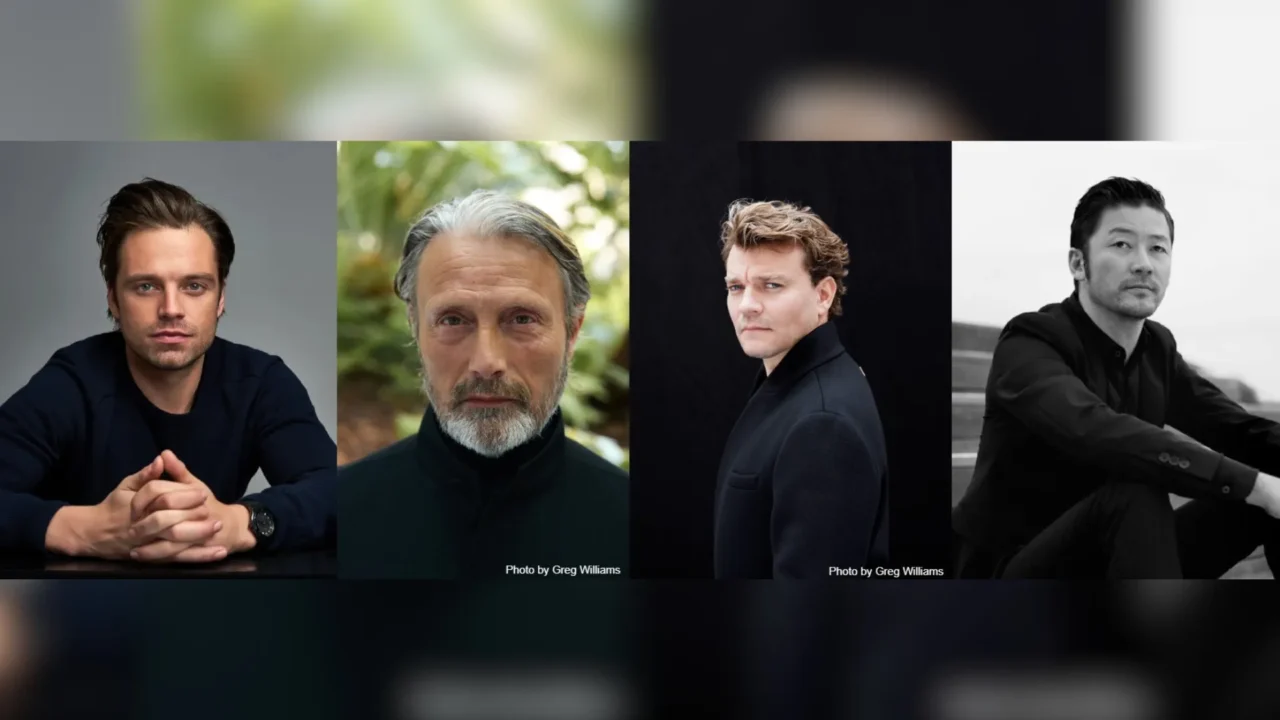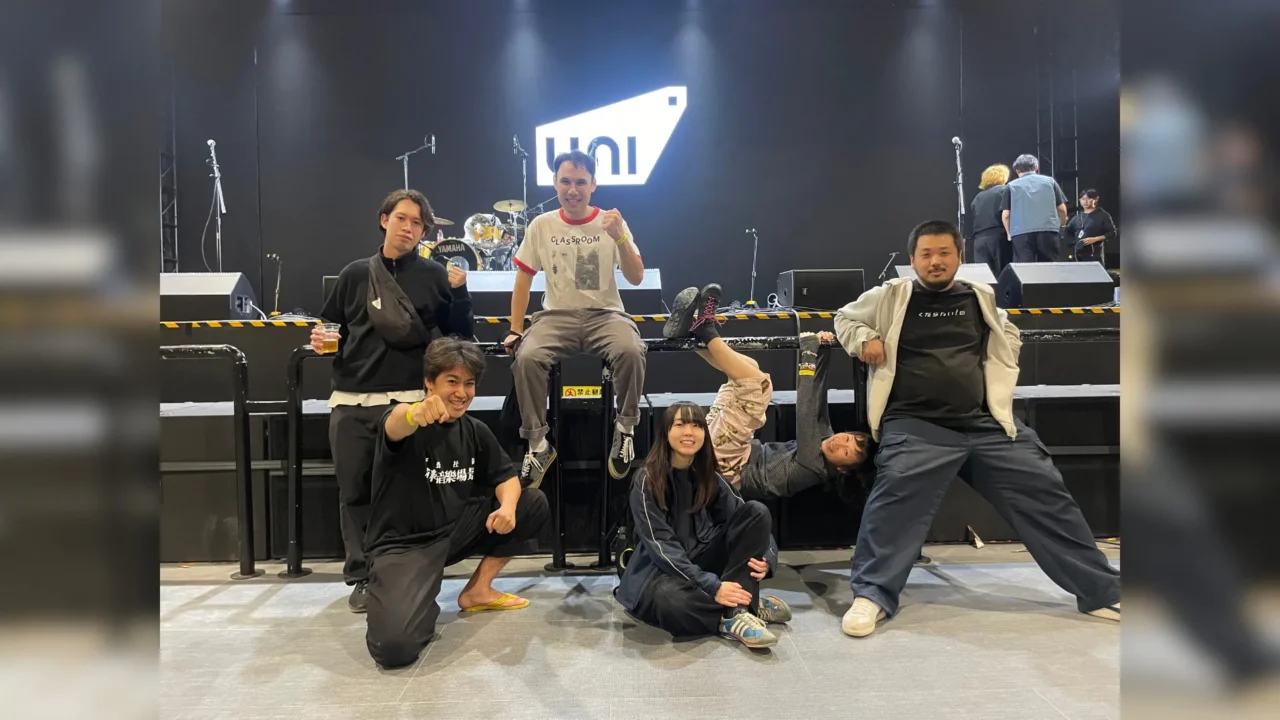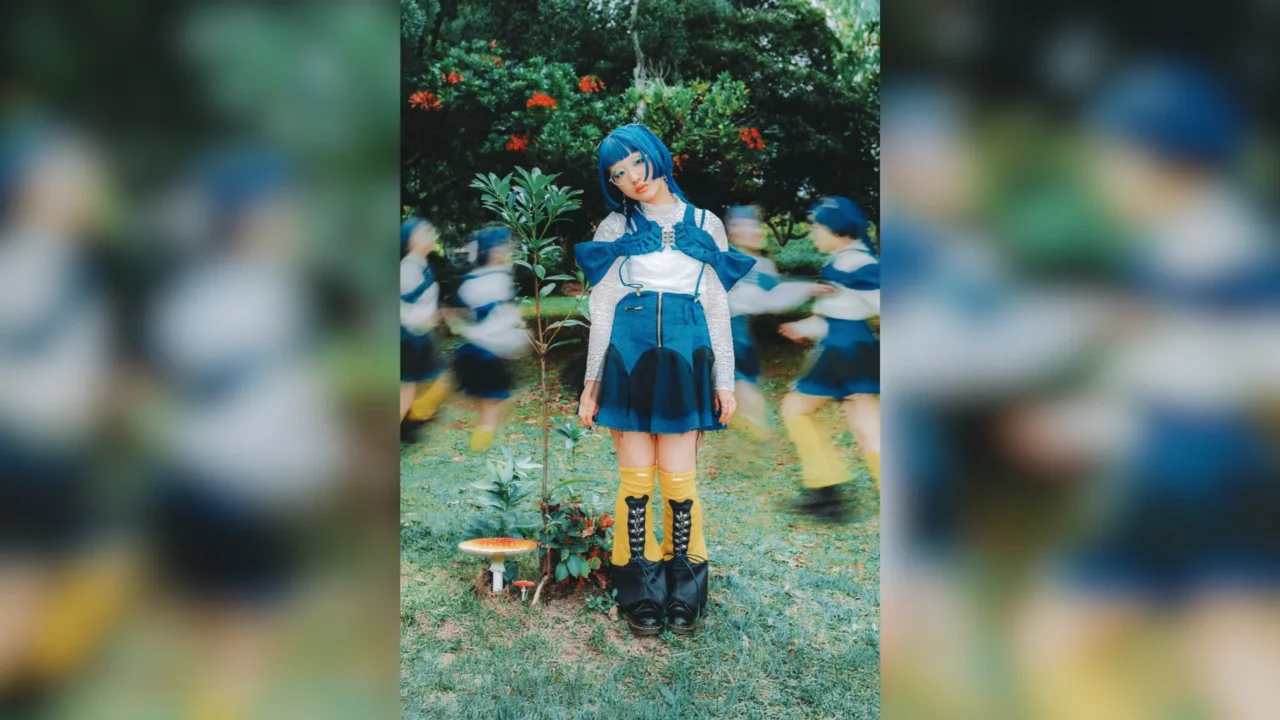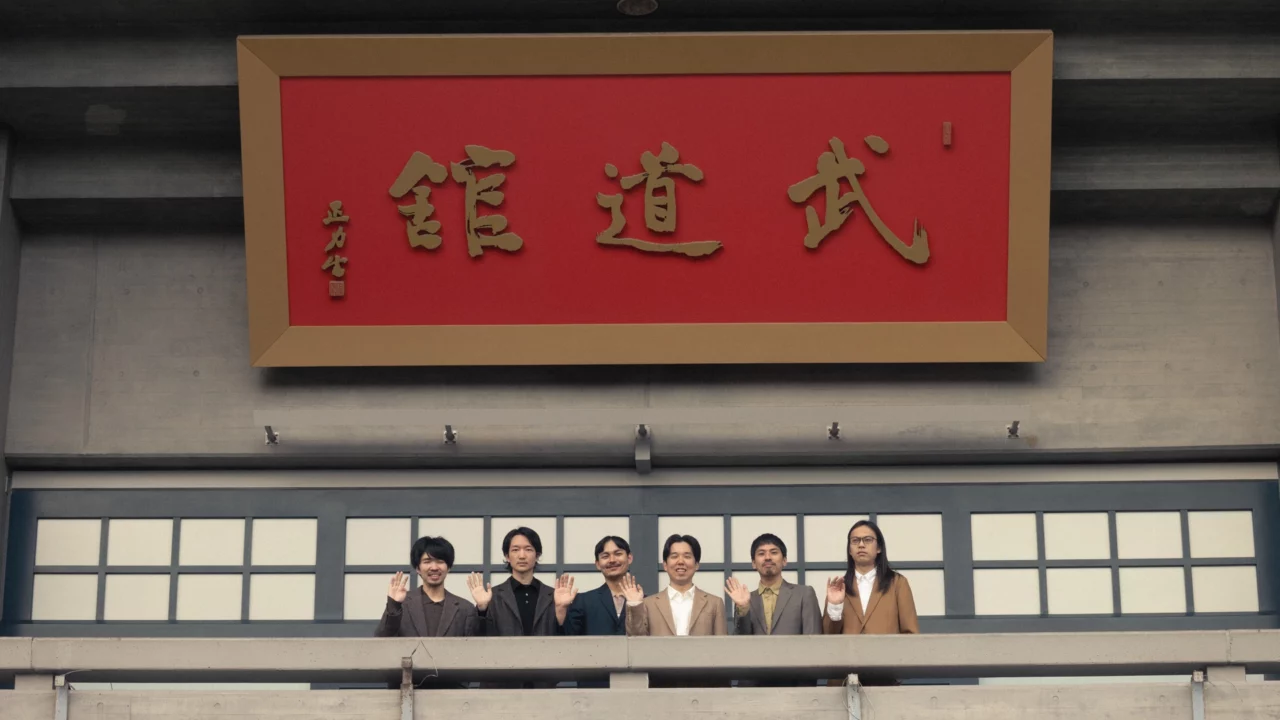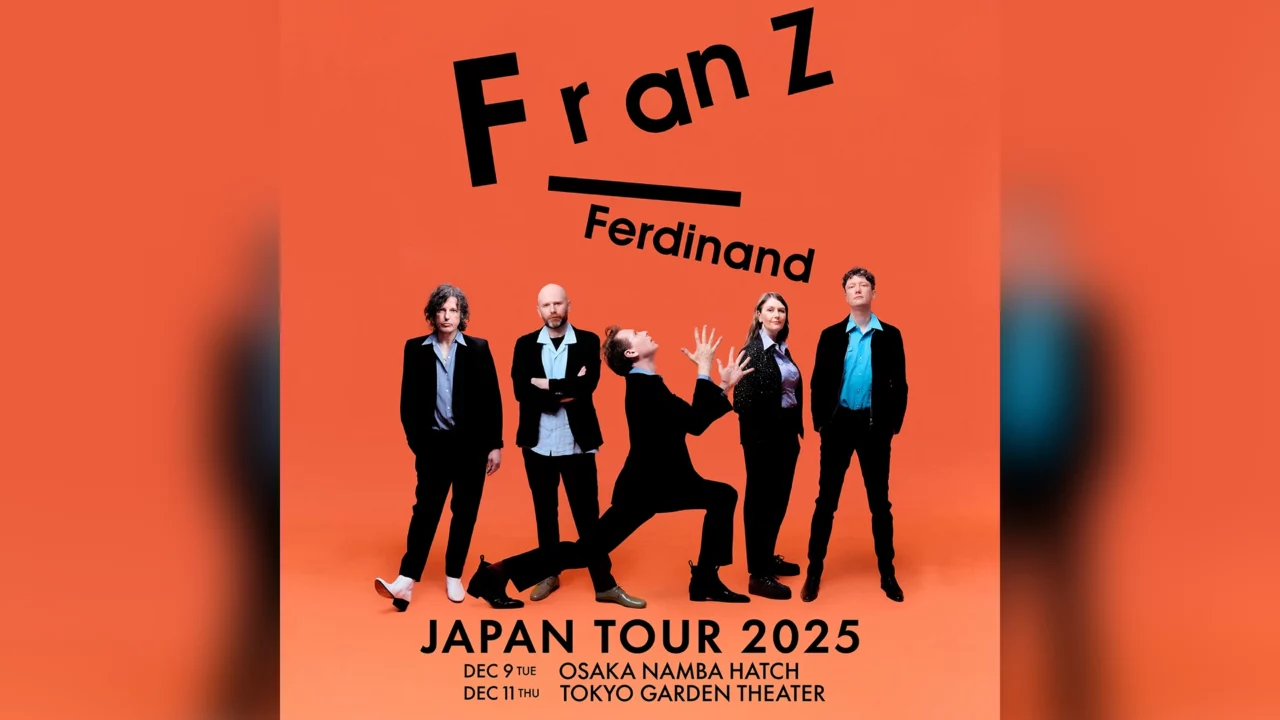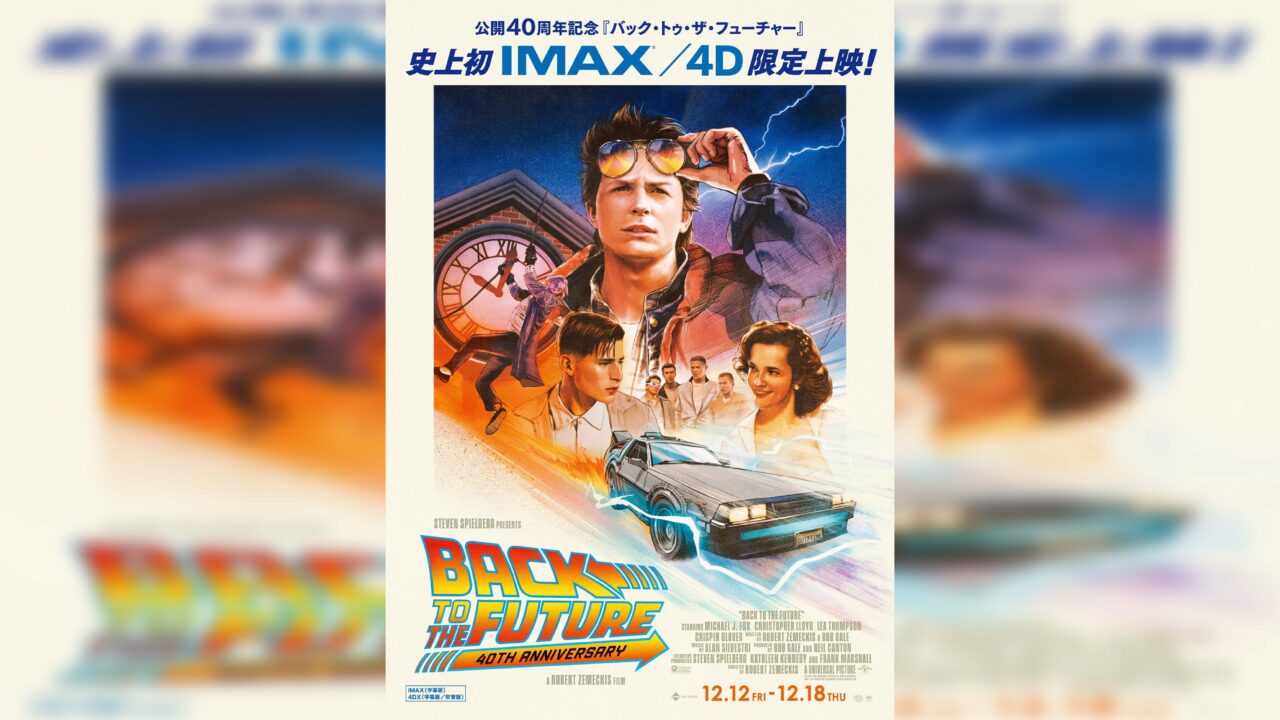INDEX
Crossing various scales is the starting point of our work
Celeina: Mr. Sugawara selected the song “Happy” by Pharrell Williams. You mentioned earlier that you wanted to cheer up the listeners, and you also mentioned your work.
Sugawara: I talked about urban development at the beginning of this interview, but as part of my work as an architect, I had the opportunity to work with Louis Vuitton on two pop-up stores in Tokyo. It was quite a shock to me that Pharrell Williams became the creative director of Louis Vuitton’s men’s collection despite being a singer. I chose this song today because I want everyone to be happy, and I also wanted to include that meaning in the song.
Celeina:I like it. And I understand that you also work for Louis Vuitton.
Sugawara: Well, I’m doing a variety of things from really city scale to small scale, but to give you a really quick overview, recently the way of working has changed with the Corona Disaster, so I have a project titled “Working Villa” where I’m building a high-rise office building that is like a village. So now we are designing two buildings near Shinjuku Gyoen in Sendagaya, and on the other hand, if we go for something smaller, we are designing office furniture.
Takano: It really varies.
Sugawara: We work across scales, from the so-called large urban landscape to designing the comfort of people themselves.
Takano: But you switch perspectives and perspectives as you go along. There may be some confusion, but it seems to be connected, doesn’t it?
Sugawara: The city is designed in kilometers, and the furniture is designed in millimeters, but I think that creativity is more effective when you connect two completely different things together. For example, my experience in thinking about small things can be applied to the kilometers of a town, and conversely, the big picture idea of a kilometer can actually determine the direction of a millimeter. I have been thinking about this recently.











